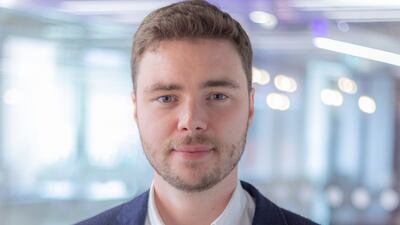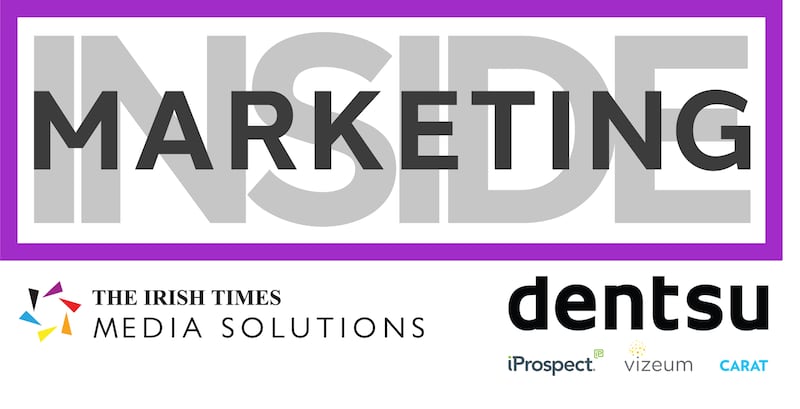I’m going to let you in on a little secret. For most of my advertising career I’ve had to build and construct marketing narratives and insights with only half of the pieces in the jigsaw puzzle. I didn’t appreciate this at the time. I’ve spent thousands of hours pivoting data trying to build rationales as to why one advertising campaign outperformed another.
My job is often to showcase the most important media performance elements that delivered business results and I’ve presented insights to some of the world’s largest advertisers in London, Amsterdam, and New York. My presentations would always conclude with five or six actionable recommendations. Now I’m not so sure those recommendations were always correct.
You see, I work in a media agency. My job is to use media channels to deliver growth for your business. Media agencies are typically very good at constructing audiences, maximising reach, uncovering optimum frequency of delivery, and utilising your marketing budgets as efficiently as possible to ensure you maximise your return on investment (ROI). What we haven’t been good at, not until now at least, is understanding the role creative plays in delivering performance.
Creative is the most important element
According to Nielsen Catalina Solutions, creative is the single most important element at driving sales in an advertising campaign. In their study of 500 digital campaigns, creative accounted for 47 per cent of the total contribution to sales.
Creative was found to be considerably more important than other campaign factors such as targeting, context or even reach. The study demonstrates that weak creative resulted in poor underperforming sales. Stronger creative not only improved sales, but it also delivered superior media quality metrics such as lowering the cost per sales acquisition (CPA) and increasing the click through rate (CTR) to site.
Several of the world’s leading media tech companies and online retailers have been exploring the power of real-time creative optimisation over the last number of years. Netflix has been perfecting its creative delivery algorithm which it uses to advertise each individual movie or TV series on their platform. Since 70 per cent of the content on Netflix is watched based on its recommendation engine, sourcing the optimal creative image to display to showcase the content is vital.
The image not only has to spark the viewer’s interest, but it also must convey the correct content theme and genre. Each new title added to Netflix tests dozens of images which are being continually optimised among its customer base. Artificial Intelligence (AI) applications scan and selects the best pictures to display based on higher engagement and viewer performance metrics.
Many online retailers have started to embrace a creative first optimisation approach for their ecommerce sites. Fashion by its very nature is visual first. However, almost 80 per cent of ASOS’s traffic comes from mobile devices, and mobiles don’t naturally lend themselves to perusing thousands of clothing products due to the small nature of the display screen.
The company has invested heavily in designing algorithms that optimise to the best performing images of their products. The creative algorithms recommend similar products based on previous purchases or viewing history engagement and match the colour, style, and product visualisation. Indeed, search marketing is also changing at pace. Pinterest has invested in Lens, an online/offline visual search tool that allows the user to upload images of products they are looking for directly. Lens can now recognize more than 2.5 billion objects and has contributed to over 600 million direct searches on the platform.
Our journey at Dentsu Aegis Network
We have been pioneering new creative technologies for the past 18 months. Our Creative Intelligence Team internally is the first of its kind in our network globally. Our clients include international tech companies such as Facebook and Kaspersky plus numerous large Irish clients including Bank of Ireland and Aer Lingus.
We specialise in creative personalisation, strategy, design, delivery logic and reporting insights. Our team has built several leading artificial intelligence scripts using Google and Facebook technology to power creative performance solutions.
For example, we can now take a creative asset and transpose all the unstructured data that sits within it; copy lines, logo, colours, and images into a structured schema and then analyse the elements that contributed to the advertising campaign’s performance. We’re able to analyse all aspects of the creative - even elements that would have been previously overlooked in the past.
Our technology can read the facial expressions of the people depicted within the creative assets, which in turn helps us understand how sentiment and emotion impacts overall creative performance. We’ve also built an application called AI Optic-X; a machine learning algorithm that analyses millions of the creative elements delivering performance and optimises the top performing copy lines, colours and images in real-time across thousands of ad iterations for both display and social media channels.
Our creative first approach to media advertising has delivered transformational business results. We’ve seen increases in website traffic by +500 per cent, reduced cost per sale by -60 per cent and saved hundreds of thousands of euro in media spend, simply by improving the creative quality and relevancy across digital biddable media campaigns.
Our AI Optic-X algorithm is progressively getting smarter with each new creative iteration uploaded into our platforms. We’re now at a point where we can accurately forecast return on ad spend by accumulating previous creative performance history and modelling these data sets combined with media performance metrics.
Utilising creative intelligence solutions for your ad campaigns
Creative first optimisation is the future of how media campaigns will be delivered. We now have technology that can systematically evaluate creative performance and the tools to optimise and scale creative variations in real-time.

There is this misconceived paradox in advertising that data prohibits creativity. This couldn’t be further from the truth. Our work to date has demonstrated that the brands that continue to leverage both creativity and data in tandem drive better advertising performance and deliver superior business results. Data provides the insights, but you still need creative talent to ignite the ideas and execution. If you only optimise one without the other, then you’ll never see the bigger advertising picture or every truly understand the performance of your campaign.
David Lenny is head of new product development at Dentsu Aegis Network
For more information, you can visit irishtimes.com/insidemarketing.
The Inside Marketing podcast is available on Soundcloud.












